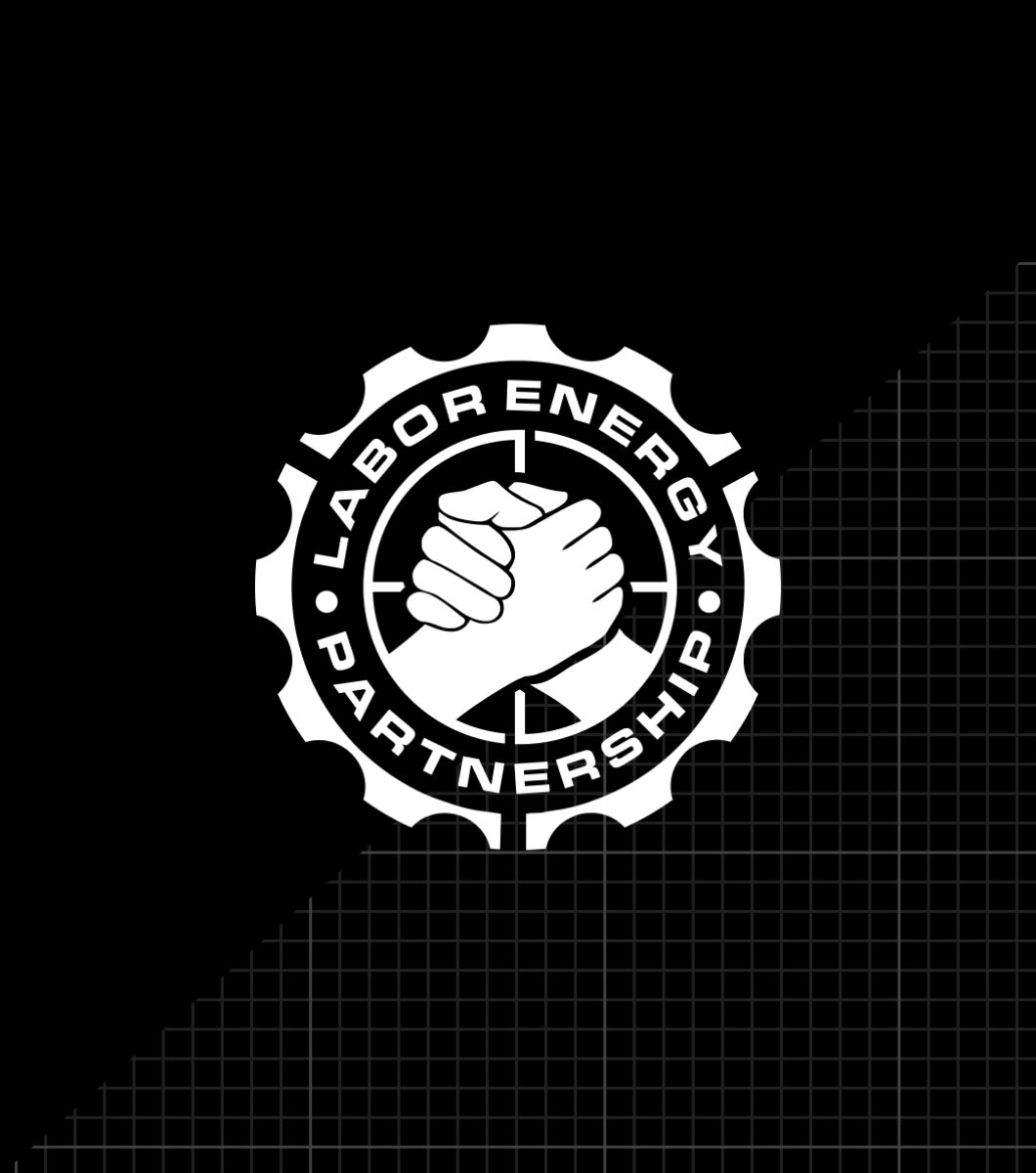Industrial transitions have rarely been smooth. They have been typically marked by community and worker dislocations with significant regional disparities, disproportionate impacts on minority communities, and the fraying of existing social institutions, including public education systems, local government services, unions, and even religious organizations.
In addition to macro-factors such as consumer preferences or globalization, industrial transitions have typically been triggered by disruptive technologies that radically changed cost structures and rendered previous modes of production obsolete. However, others have been caused by significant policy shifts such as the free trade agreements, NAFTA, and PNTR, in the 1990s and early 2000s. Whether technology or policy-driven, the US has had an uneven track record of managing these industrial transitions in ways that provided the impacted employees and their communities with the tools and resources to rebuild. Too often, total reliance on free-market forces to manage the economy has resulted in avoidable economic harm to workers and communities.
The U.S. economy from 1950 to 2019 provides an example. Over the course of two short generations, the relative roles of manufacturing and financial services flipped. Manufacturing was 28.1% of GDP in 1953 and 11% today; its workforce has declined from its high point of 21 million in 1979 to its current 12 million, even as its actual contribution to GDP measured in dollars rose from $1.035 trillion in 1990 to $2.4 trillion today. Meanwhile, the financial sector rose from 10.9% of GDP in 1970 to 21% today and is now our economy’s largest sector. Professional services, now the second-largest, rose from 3.5% of GDP in 1950 to 12.8% today (see Figure 1).
Education or “re-education” is often offered as the primary response to this shift, and while the percentage of the workforce that is college-educated rose from 10% in 1970 to 33% today, inequality also rose to historic levels, and in many sectors, job quality declined significantly. What worked well for some people and for cities where the technology, financial, and professional services sectors are concentrated clearly did not help many others. But for the regions of America that were hardest hit by the downward trajectory of the manufacturing sector, there was no effective transition: household incomes declined, populations shrank, health disparities increased, and life expectancy contracted.
This is the LEP’s inaugural document, Energy Transitions: The Framework for Good Jobs in a Low-Carbon Future. It summarizes ten key areas of analysis, the results of which will help guide us as we launch a multi-decadal effort to create a clean energy economy that is more equitable for all Americans and can be sustained across our diversity of political views, regional differences, and economic challenges for the next thirty years. This document and the analytical framework that it articulates for creating new jobs and advancing social equity in a deeply decarbonized economy, will focus on emissions from all economic sectors, a critical distinction between the LEP and other groups that tend to focus only on electricity, which only accounts for a third of US emissions.
While we do not address the wider set of social issues that our country is currently grappling with—access to healthcare, systemic racial disparities, and gender equity, to name a few—we do strive to create a path forward on climate solutions that can contribute to improving social equity.
The leadership of the LEP has identified ten key areas that are critical to creating a unified path forward for the implementation of climate solutions in the United States. Each element requires an unbiased analysis that identifies challenges, opportunities, needed investments, and policy options.
These 10 critical elements are:
1. A national action plan for the deployment of carbon capture, utilization, and sequestration technology;
2. A priority energy infrastructure analysis that provides a roadmap for key energy infrastructure needs, financing mechanisms, and approval and permitting pathways;
3. Policies needed to site and permit new electricity transmission projects in the near term;
4. Options for safe and affordable preservation of the existing nuclear fleet and the deployment of next-generation nuclear technologies;
5. Development of technology and policy pathways for the use of natural gas consistent with meeting climate goals;
6. An exploration of the economic challenges and costs and benefits of developing hydrogen as an alternative fuel for transportation, power, and industrial sectors
7. The expansion of energy efficiency finance mechanisms and policy recommendations to enable the full utilization of energy-efficient technologies in commercial and residential buildings, industrial processes, and transportation;
8. An assessment of the capacity of the United States to mine, process, and manufacture the critical minerals and materials necessary for the domestic production of low-carbon technologies including, but not limited to, rare earths, lithium, cobalt, copper, nickel, and palladium;
9. An analysis of the offshore wind supply chain, including its raw material requirements, manufacturing technologies, and geographical differences between the East Coast, West Coast, and Great Lakes’ resources and policy options to encourage domestic development; and,
10. A roadmap for implementing natural and engineered carbon dioxide removal at scale.
This paper offers a short summary of the critical nature of each of these elements of the LEP. In the months ahead, it is the goal of the LEP to provide an analytical framework for the technological and social criticality of these issues. To be clear, these are not the only critical issues that need to be addressed in order to mitigate the climate crisis. For instance, we need to drive down the costs of renewable energy technologies like wind and solar over the next two decades while increasing battery storage capacity. Without addressing these ten issues, however, it will be significantly more difficult to build the social, regional, and economic coalitions necessary to sustain a thirty-year effort to move our country into its low carbon future.


